
Rather than being just searching for hot planets basking in the sun, we now can explore worlds which are dark and cold, if only they possess water somewhere beneath the surface and are irradiated by cosmic rays. Life could be in more locations than we ever thought, said NYU Abu Dhabi Center for Astrophysics and Space Science Principal Investigator Dimitra Atri.
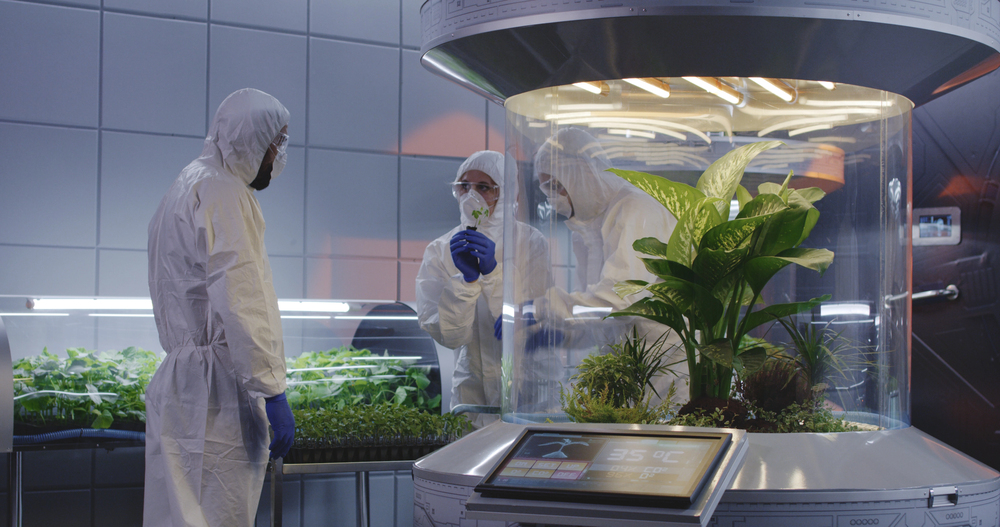
This viewpoint, ringing out through recent studies, is redefining the limits of astrobiology and destroying the antiquated tradition that life must have sunlight and heat.
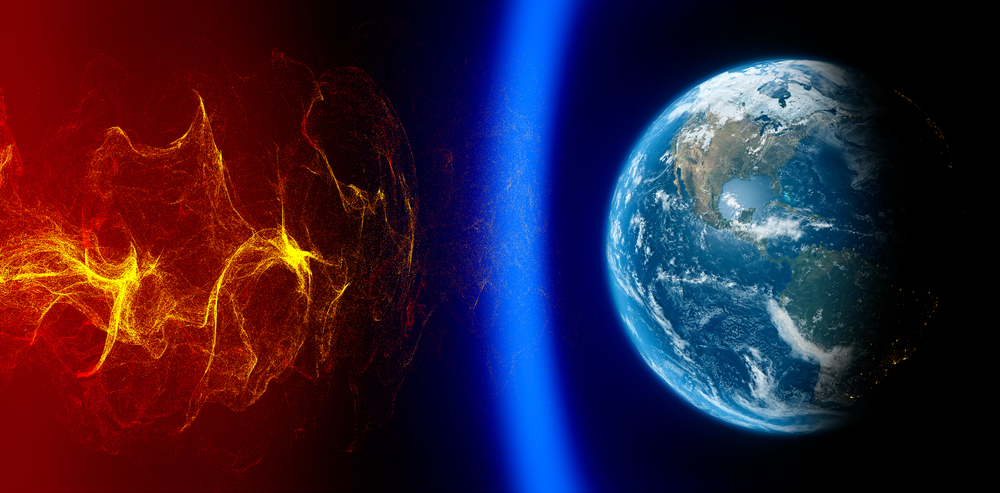
1. Cosmic Rays: From Menace to Secret Benefactor
Cosmic rays-high-energy atomic nuclei generated by the Sun, supernovae, and remote galactic sources-are normally portrayed as the villains of the space travel story. Their capacity to enter matter, drying out DNA and cellular machinery, has made them a top priority in spacecraft design and astronaut health. But on planetary ice crusts such as those of Europa, Enceladus, and even Mars, these high-energy particles may be performing an otherwise seemingly contradictory function: not as annihilators, but as bringers of life-supporting energy. When cosmic rays pass through ice or water, they induce an activity called radiolysis, which breaks down water molecules and frees electrons. On Earth, certain bacteria have learned to capture electrons for metabolism, living where the subsurface does not receive sunlight and organic material, far below the surface.
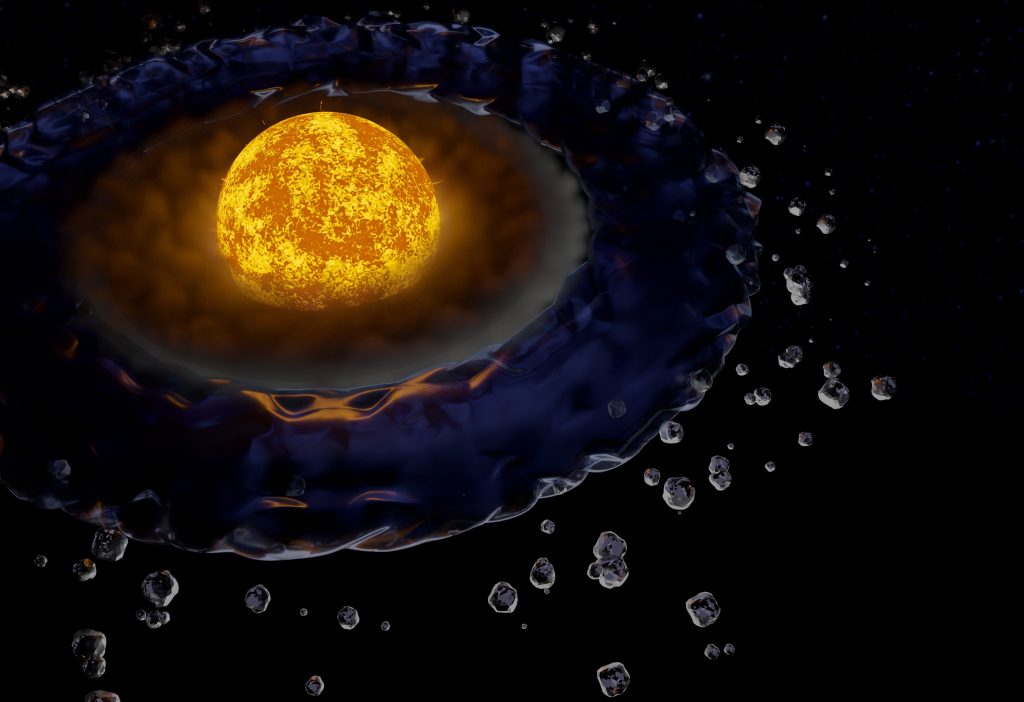
2. Radiolytic Habitable Zone: A New Paradigm
The Atri research group made the “Radiolytic Habitable Zone” mainstream, a left-field expansion of the traditional “Goldilocks Zone.” The Goldilocks Zone is all about surface liquid water and temperate climates, whereas the RHZ addresses subsurface habitats where water, liquid or solid, is stirred by cosmic radiation. The stakes are astronomical: the universe might have a lot more potentially habitable worlds than previously conceived. As cosmic rays pass through the galaxy, any planet with water underground and little shielding might in principle have life on radiolysis in even the darkest, coldest recesses.
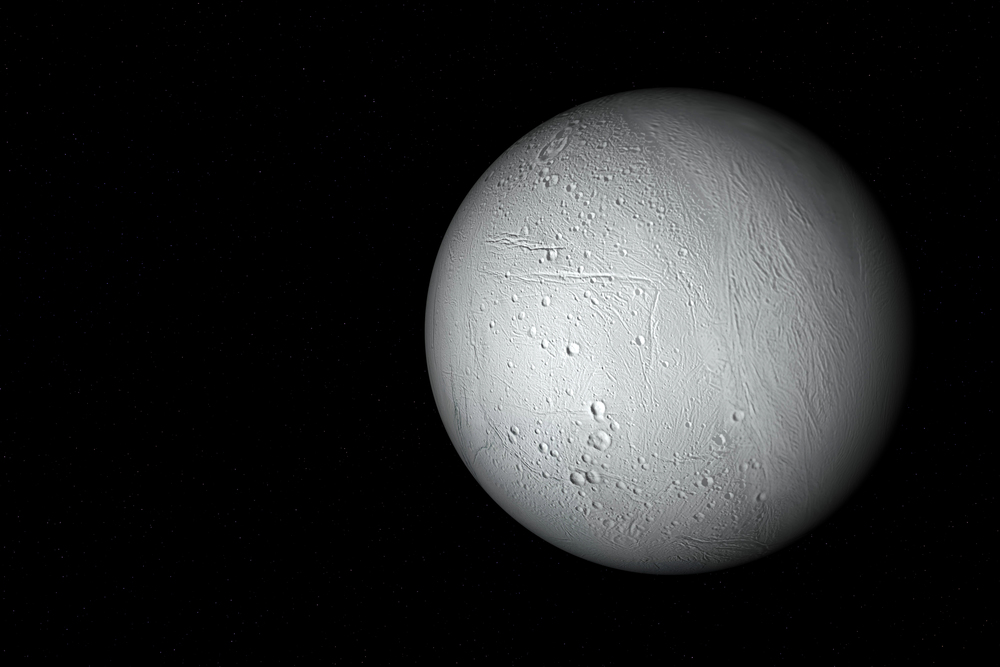
3. Modeling Cosmic Ray Penetration of Ice Worlds
In attempts to test this hypothesis, the researchers used advanced computer simulations, simulating the penetration and energy deposition by the cosmic rays in Mars’ ice crust, Europa’s ice mantle, and Enceladus’s ice shell. The findings were tantalizing: Enceladus, a moon of Saturn, was the leading contender, cosmic ray-stimulated radiolysis providing enough energy to support microbial communities beneath its ice shell believably. Mars and Europa ranked next, both presenting an environment in which radiolytic reactions could fuel metabolic activities in their subsurface.

4. Earth’s Deep Biosphere: Lessons Learned
Radiolysis-supported life is not mere speculation. Microbial populations on our planet have been found kilometers beneath in the darkness where they exist on hydrogen and oxidants yielded from radiochemical water radiolysis of natural radioactivity. One particular organism of interest is bacterium Candidatus Desulforudis audaxviator, which survives at a South African gold mine, existing on sources of energy of radiolytically formed hydrogen, sulfate, and bicarbonate without sunlight for millions of years. These results show the resiliency of life and provide a solid analogue to what may be found hidden under ice on remote moons.

5. Biochemistry of Radiolytic Metabolism
Radiolysis generates a sequence of reactive chemical species: solvated electrons, hydrogen gas, hydroxyl radicals, hydrogen peroxide, and so on. Microorganisms metabolize these products by utilizing electrons as energy through various metabolic processes. Terrestrial chemolithotrophic bacteria that use hydrogen metabolism and electron-transferring bacteria such as Geobacter and Shewanella show the electron-based metabolisms to be universal. Such microbes use sophisticated mechanisms involving extracellular electron transfer and conductive protein nanowires to tap into the redox gradients established by radiolytic chemistry in mineral-rich environments.
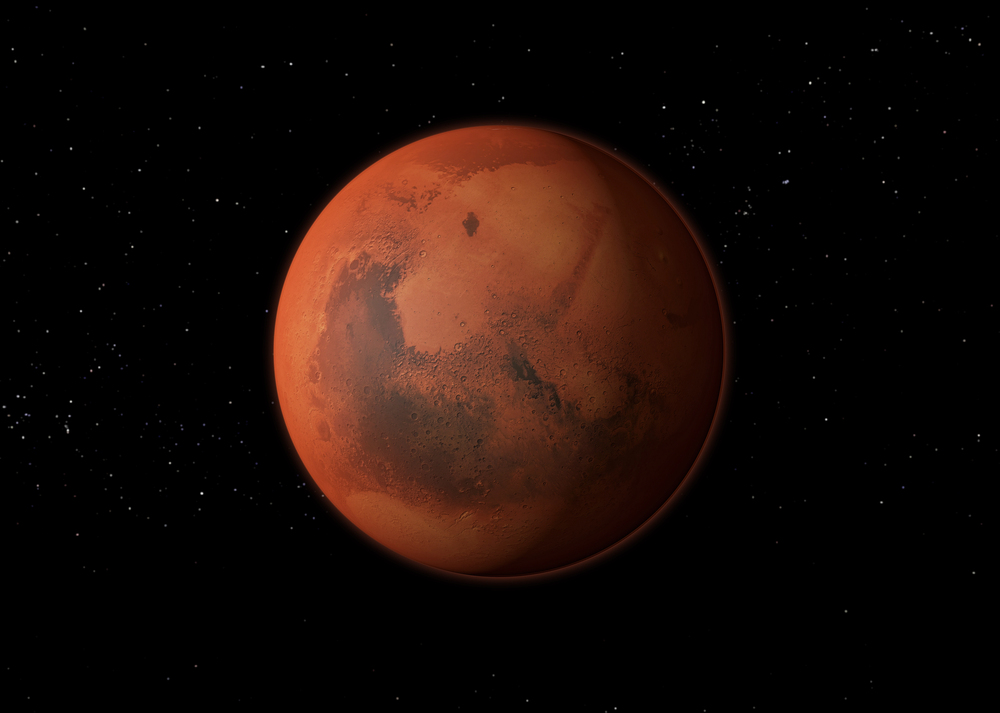
6. Modeling Biomass and Energy Fluxes
Quantitatively, the production rates of electrons and biomass sustained by radiolysis on Mars and the icy moons have been estimated by NYU Abu Dhabi models. Based on the cosmic ray flux, ice chemistry, and depth, the simulations indicate that microbial cell concentrations and ATP production rates would be elevated in the shallow subsurface. These estimates trim the edges of the RHZ and guide planning of missions to detect life in the future, calling for an emphasis on instruments that are radiation-bye product-sensitive and chemical energy gradient-sensitive in extraterrestrial ice.

7. Future Exploration Implications
The paradigm shift from sun-dependent to radiation-powered habitability expands the targets for astrobiological exploration. Rather than targeting surface environments, mission planners increasingly have subsurface environments in their sights, which are accessible either by drilling or through plume sampling. For example, Enceladus’s dynamic plumes, as characterized by the Cassini mission, offer a one-shot opportunity to sample material from beneath the moon’s buried ocean maybe full of radiolytic energy and organic chemicals without the need for deep drilling. The detection of hydrogen, organics, and oxidants in such plumes is consistent with the expected signatures for radiolysis-based ecosystems.
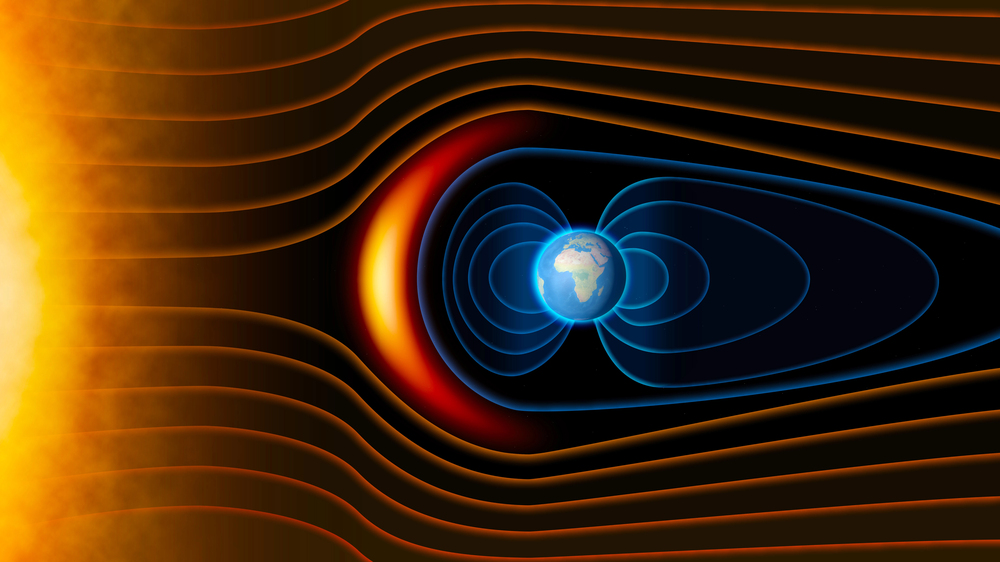
The revelation that cosmic rays, once recognized as simply forces of devastation, might be the builders of unguessed-at biospheres under extraterrestrial ice has created new horizons for the search for life. As the limits of habitability widen, so does the feeling of potential for astrobiologists and space travelers alike.


